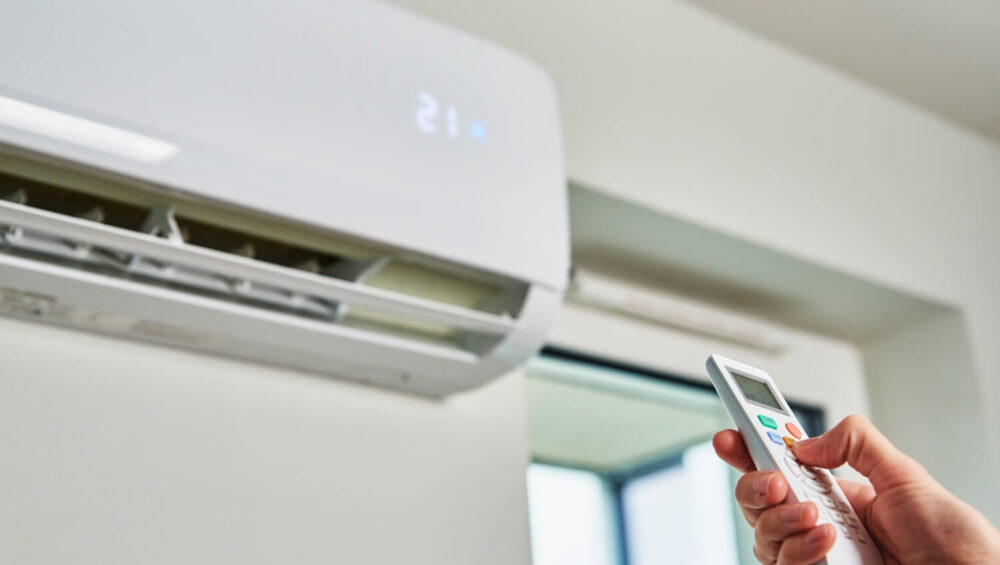Air conditioning installation is the process of setting up a machine that keeps a room or building cool and comfortable. Air conditioning, often called AC, has become a very important part of our daily life. When the weather is hot, the AC helps us feel fresh. But for the AC to work properly, it must be installed the right way. A poor installation can make the AC waste energy, break down often, and fail to cool the room.
In this article, we will learn everything about air conditioning installation in very simple words. We will explain what it means, why it is important, how it is done, the mistakes to avoid, and how to keep the AC working well after installation.
What Is Air Conditioning Installation?
Air conditioning installation means setting up an air conditioner in a home, office, or building so it can cool the air. This process is more than just putting a machine in place. It includes:
- Choosing the right size of AC
- Finding the best place to install it
- Connecting pipes, wires, and drains correctly
- Making sure there are no leaks
- Testing the machine before use
If the installation is done correctly, the AC will work for many years and keep the room comfortable. If it is done wrongly, it can cause many problems.
Why Is Correct Air Conditioning Installation Important?
- Better Cooling
When the AC is installed properly, it cools the whole room evenly. No hot spots, no weak airflow. - Energy Saving
A correct installation makes the AC use less electricity. This saves money on bills. - Long Life of the AC
An AC that is installed the right way lasts longer because it does not have to work too hard. - Safety
Bad installation can cause leaks, water damage, or even electrical fires. A good installation keeps everyone safe. - Healthy Air
Correct installation keeps the air clean, fresh, and free from too much dust or moisture.
Types of Air Conditioning Systems for Installation
When people talk about air conditioning installation, they may mean different types of machines. Here are the most common ones:
1. Window AC
- A single unit that fits into a window or wall opening.
- Easy to install, often by homeowners.
- Good for one small room.
2. Split AC
- Has two parts: an indoor unit and an outdoor unit.
- The indoor unit cools the air inside, while the outdoor unit releases heat outside.
- More powerful and quieter than a window AC.
3. Central AC
- A big system that cools an entire house or building.
- Uses ducts to carry cool air to every room.
- Needs professional installation.
4. Portable AC
- A machine on wheels that can be moved from one room to another.
- Requires only a vent pipe connected to a window.
- Easiest to set up, but not as strong as other types.
Steps in Air Conditioning Installation
Now let’s look at how air conditioning installation is usually done, step by step.
…
During these steps, especially in big cities, many people rely on trusted air conditioning London experts who understand the importance of correct planning, safe wiring, and proper refrigerant handling.
Step 1: Planning the Installation
Before starting, the installer must:
- Check the size of the room or building.
- Calculate how much cooling power is needed (measured in BTU or tons).
- Choose the right AC type and model.
Step 2: Choosing the Location
The AC must be placed in the best spot:
- Indoor unit should be high on the wall, away from sunlight or heat.
- Outdoor unit should be in an open space with good airflow, not blocked by walls or plants.
Step 3: Mounting the Units
- Window ACs are fixed in window frames.
- Split AC indoor units are mounted on strong brackets inside.
- Split AC outdoor units are placed on a flat surface or wall stand outside.
Step 4: Connecting the Pipes and Wires
- Copper pipes carry refrigerant gas between indoor and outdoor units.
- Electrical wires connect the power supply.
- A drain pipe removes water formed during cooling.
Step 5: Sealing and Insulating
- All pipes must be sealed properly to stop leaks.
- Insulation is added around copper pipes to keep cooling efficient.
Step 6: Vacuuming and Charging Refrigerant
- A vacuum pump removes air and moisture from the pipes.
- The correct amount of refrigerant gas is added.
Step 7: Testing the AC
- The AC is switched on.
- Cooling, airflow, noise, and drainage are checked.
- If everything works fine, the installation is complete.
Common Mistakes in Air Conditioning Installation
Even professionals can make mistakes. Here are some common ones:
- Wrong Size AC
Too small = not enough cooling.
Too big = wastes energy and money. - Bad Location
Installing the unit in direct sunlight or near heat sources reduces performance. - Improper Drainage
If the water pipe is not installed correctly, water may leak into the room. - Poor Insulation
Uninsulated pipes cause energy loss and less cooling. - Skipping the Vacuum Step
If air remains in the pipes, the AC won’t cool properly and may get damaged. - Loose Electrical Work
Unsafe wiring can cause sparks, short circuits, or fires.
Safety Rules for Air Conditioning Installation
- Always turn off the electricity before connecting wires.
- Wear gloves and safety glasses.
- Never bend or damage copper pipes.
- Use proper tools like vacuum pumps and gauges.
- If unsure, call a licensed technician.
How to Take Care of the AC After Installation
Installation is only the first step. To keep the AC working well:
- Clean the air filters every 2–4 weeks.
- Wash the outdoor unit to remove dust.
- Get the AC serviced once a year.
- Never block the air vents with furniture.
- Keep doors and windows closed when AC is running.
Benefits of Correct Air Conditioning Installation
- Comfortable cooling all summer.
- Lower energy bills.
- Longer life of the AC machine.
- Better air quality indoors.
- Peace of mind knowing the system is safe.
Frequently Asked Questions
Q1. Can I install an AC myself?
- Window or portable ACs can be installed by yourself.
- Split and central ACs should be installed by professionals because they need refrigerant handling and electrical work.
Q2. How long does installation take?
- Window AC: about 1 hour.
- Split AC: 3–6 hours.
- Central AC: 1–2 days.
Q3. How much does it cost?
- Costs depend on the type of AC, size, and labor in your area.
Conclusion
Good ac installation is not just about placing a machine in a room. It is about careful planning, correct setup, and proper testing. A correct installation ensures comfort, energy savings, safety, and long life of the AC system.
Whether for a single room or a large building, proper installation makes all the difference in keeping life cool and comfortable.








